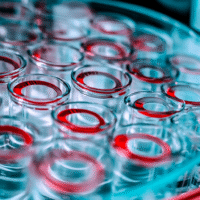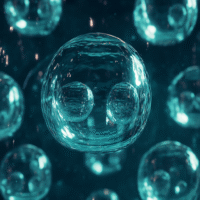MRI Predicts Residual Disease and Outcomes in Watch-and-Wait Patients with Rectal Cancer
Radiology. 2024 Sep;312(3):e232748. doi: 10.1148/radiol.232748.
Background: MRI plays a crucial role in restaging locally advanced rectal cancer treated with total neoadjuvant therapy (TNT). However, its ability to accurately select patients for nonoperative management has not been fully evaluated in prospective studies.
Purpose: To assess the ability of restaging MRI to predict oncologic outcomes and identify imaging features associated with residual disease (RD) after TNT.
Results: Participants with a clinical complete response (cCR) had higher rates of organ preservation compared with those with near-complete clinical response (nCR) (65.3% vs 41.6%, log-rank P < .001). The MRI response category also predicted overall survival (log-rank P < .001), distant recurrence-free survival (log-rank P = .005), and local regrowth (log-rank P = .02). Restricted diffusion and abnormal nodal morphologic features on restaging MRI scans were associated with increased likelihood of residual tumor.
Conclusion: The MRI response category was predictive of organ preservation and survival. Restricted diffusion and abnormal nodal morphologic features on restaging MRI scans were associated with increased likelihood of residual tumor.
Practical Solutions and Value: The study demonstrates the practical value of MRI in predicting outcomes and guiding treatment decisions for rectal cancer patients undergoing total neoadjuvant therapy. Identifying imaging features associated with residual disease provides valuable insights for clinical decision-making and patient management.
PMID: 39225603 | DOI: 10.1148/radiol.232748



























